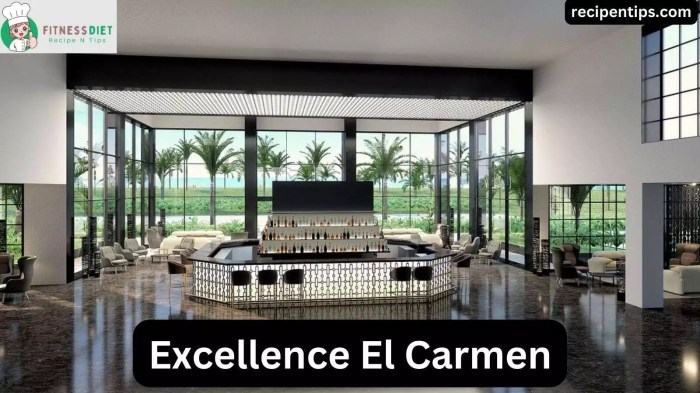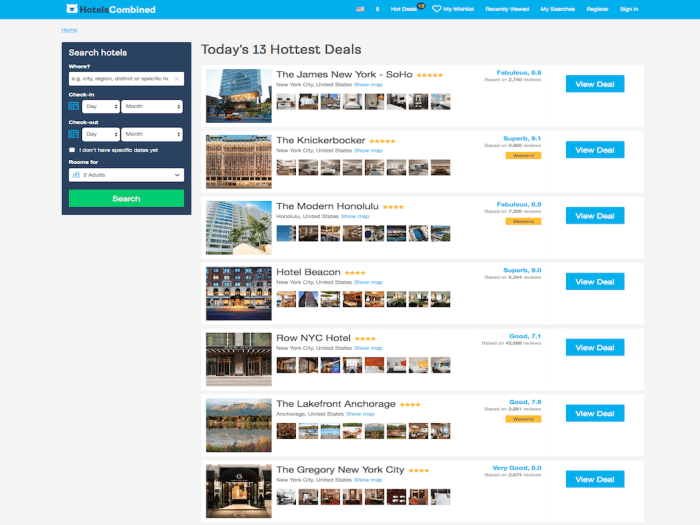Hotel Room Booking Your Guide
Hotel room booking is a crucial aspect of travel planning. Understanding the process, factors influencing decisions, room types, and platform comparisons is essential for securing the ideal accommodation. This guide provides a comprehensive overview, walking you through the steps involved, highlighting key considerations, and comparing various booking platforms to help you make informed choices.
From simple online searches to complex preferences, this guide breaks down the intricacies of hotel room booking, ensuring a smooth and rewarding experience. We’ll delve into the factors that influence your selection, including pricing, location, amenities, and reviews, equipping you with the knowledge to maximize your booking experience.
Booking Process Overview
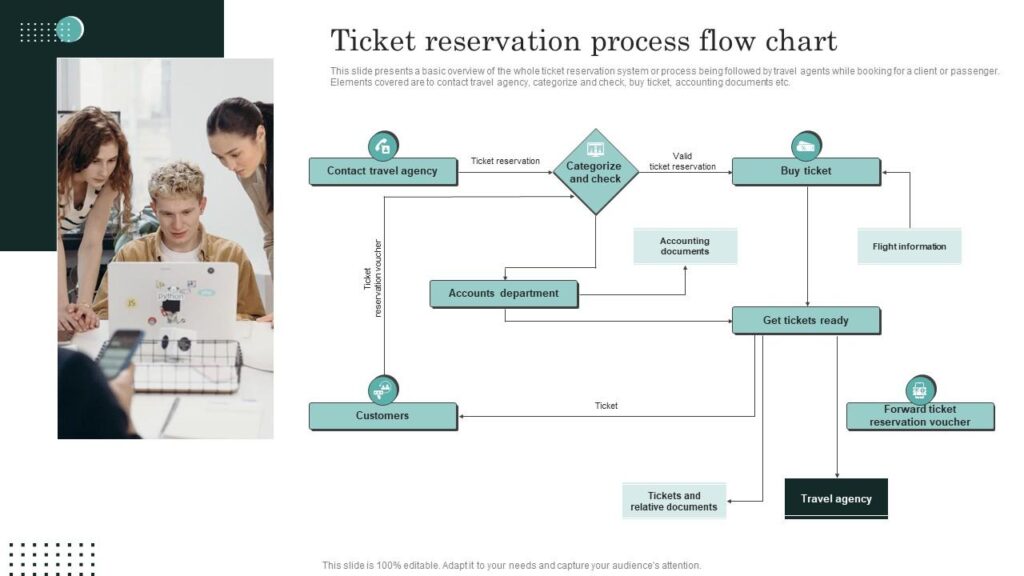
Booking a hotel room online is a straightforward process, typically involving a few simple steps. This process is designed for ease of use and efficiency, allowing customers to quickly secure accommodations that suit their needs. Understanding the steps involved will ensure a smooth and successful booking experience.
The process generally involves selecting dates, specifying the desired room type, and then proceeding to payment and confirmation. Different hotels may have slight variations in their booking platforms, but the core steps remain consistent.
Booking Steps
The booking process typically follows a structured sequence. Each stage is designed to gather the necessary information for a seamless transaction.
- Selecting Dates and Location: This initial stage involves choosing the desired arrival and departure dates, along with specifying the location of the hotel.
- Choosing Room Type and Guest Details: This step involves selecting the appropriate room type (e.g., standard, suite) and entering the number of guests and their relevant details, such as names and ages. This data is crucial for accurately calculating the total cost.
- Reviewing and Confirming Details: This step provides a comprehensive overview of the selected booking, including dates, room type, guest details, and the total cost. Carefully reviewing this information is important to ensure accuracy before proceeding.
- Payment Options: This stage involves selecting a preferred payment method, which may include credit cards, debit cards, or other accepted payment options. Most online booking platforms provide secure payment gateways to protect sensitive financial information.
- Confirmation and Receipt: Upon successful payment, a confirmation email is sent to the customer’s registered email address. This email contains details of the booking, including the booking reference number, contact information, and a summary of the agreed-upon terms and conditions.
Payment Options, Hotel room booking
Various payment methods are commonly accepted during the online hotel booking process. The availability of specific methods can vary by hotel and platform.
- Credit Cards: Visa, Mastercard, American Express, and Discover are common credit card options, widely accepted by most hotels.
- Debit Cards: Debit cards are often accepted as a payment method, facilitating immediate payments.
- Digital Wallets: Many online platforms support popular digital wallets, such as PayPal and Apple Pay, providing a secure and convenient payment option.
- Other Options: Some hotels may accept alternative payment methods, such as bank transfers or online payment portals specific to their region.
Booking Stages and Actions
The following table articulates the typical stages in the online hotel booking process and the associated actions required.
| Stage | Action |
|---|---|
| Selection of Dates and Location | Choose desired arrival and departure dates, and specify the hotel location. |
| Room Type and Guest Details | Select room type, enter guest details (names, ages). |
| Review and Confirmation | Review booking details, ensure accuracy, and proceed with payment. |
| Payment Selection | Choose payment method (credit card, debit card, digital wallet). |
| Confirmation and Receipt | Receive a confirmation email with booking details, payment confirmation. |
Factors Influencing Booking Decisions
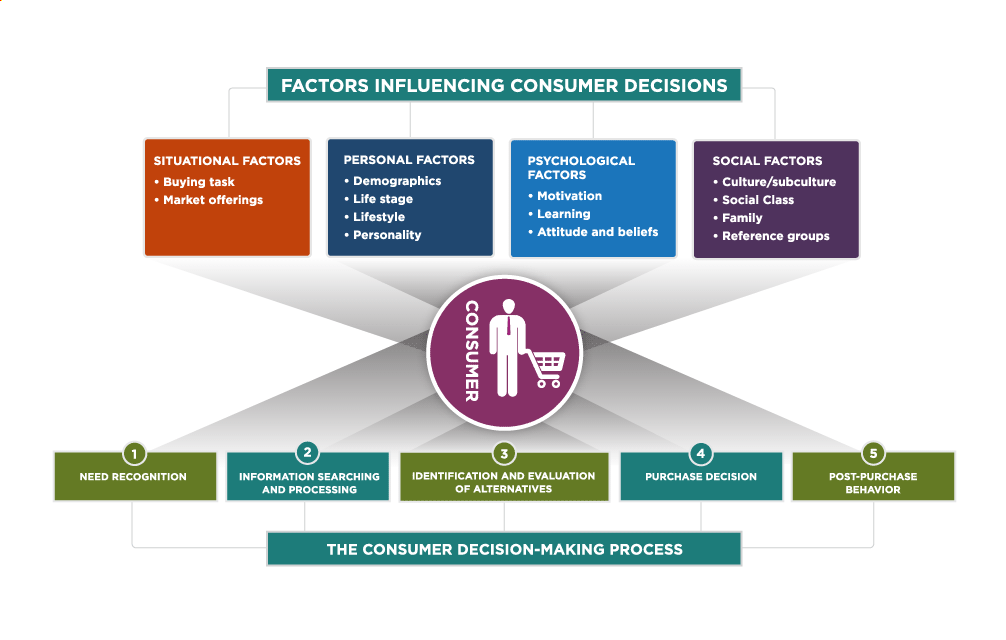
Choosing a hotel room involves a multifaceted decision-making process. Customers consider a range of factors, from the tangible aspects like price and location to the intangible elements like perceived value and reputation. Understanding these influences is crucial for hotels to tailor their offerings and attract the right clientele.
Hotels that recognize and cater to these factors are more likely to secure bookings and foster customer satisfaction. The following sections delve into the key elements that drive a guest’s choice.
Primary Factors Impacting Room Selection
Customer choices are heavily influenced by a combination of practical and personal considerations. Price, location, and amenities are fundamental drivers, but the overall experience, including service quality and perceived value, plays an equally important role. A comprehensive understanding of these factors is essential for effective marketing and operational strategies.
- Price: Price sensitivity is a significant determinant in hotel selection. Budget-conscious travelers prioritize value for money, while those willing to spend more often seek enhanced experiences and superior amenities.
- Location: Proximity to attractions, transportation hubs, or desired activities often dictates the choice of a hotel. Guests prioritize convenience and ease of access when selecting a location.
- Amenities: Features like Wi-Fi, swimming pools, fitness centers, and room sizes directly impact the guest experience. The presence or absence of these amenities can significantly influence a customer’s decision-making process.
- Hotel Reputation: Customer reviews and ratings, both online and offline, contribute substantially to a hotel’s reputation. Positive reviews often lead to higher booking rates and greater customer loyalty.
Comparing Hotel Amenities
The presence and quality of amenities can significantly impact booking decisions. Different amenities cater to varying needs and preferences.
- Accessibility Features: Hotels with accessible rooms and facilities cater to guests with mobility challenges, demonstrating a commitment to inclusivity and enhancing the overall guest experience.
- Family-Friendly Amenities: Features like cribs, high chairs, or dedicated play areas appeal to families, often influencing their booking decisions.
- Business-Oriented Amenities: High-speed internet access, meeting rooms, and business centers attract business travelers and directly impact their choice of hotel.
- Luxury Amenities: Features such as private balconies, gourmet dining options, or concierge services are attractive to high-end travelers who prioritize luxury and exclusivity.
The Role of Customer Reviews
Customer reviews hold significant weight in the booking process. Potential guests often rely on these reviews to gauge the quality of service, cleanliness, and overall experience.
- Trust and Credibility: Positive reviews foster trust and credibility, influencing prospective guests to choose a particular hotel.
- Service Quality Assessment: Reviews offer insights into the quality of service provided by hotel staff, impacting the guest experience and booking decisions.
- Problem Resolution and Feedback: Addressing negative reviews promptly and effectively demonstrates a commitment to customer satisfaction, potentially preventing future negative experiences and gaining trust.
- Booking Decisions Driven by Feedback: The information provided in customer reviews can significantly impact a potential guest’s decision-making process, impacting their choice of hotel.
Price, Location, and Booking Rates Correlation
The relationship between price, location, and booking rates is complex. Higher-priced hotels in prime locations tend to command higher booking rates, but this correlation isn’t always absolute.
| Price Range | Location Quality | Typical Booking Rates |
|---|---|---|
| Budget | Peripheral | Moderate |
| Mid-range | Convenient | High |
| Luxury | Prime | Very High |
Room Features and Amenities
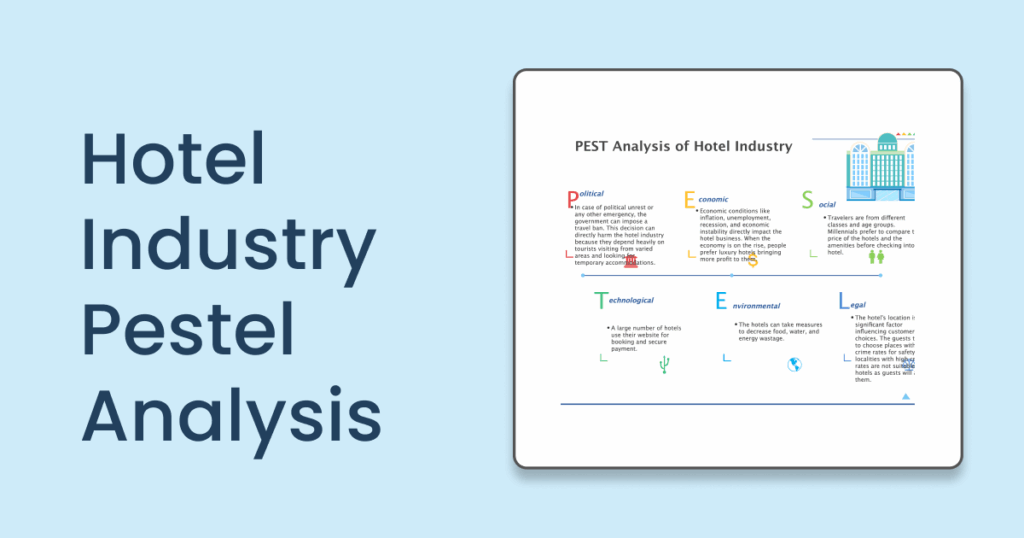
Hotel room amenities significantly impact the guest experience, influencing booking decisions. From necessities to luxurious extras, the features available directly affect satisfaction and overall value. Understanding these features allows guests to make informed choices that align with their needs and preferences.
Room features often determine the perceived value of a stay, influencing the choice between a budget-friendly option and a more premium experience. The range of amenities and the level of comfort contribute to the overall guest satisfaction.
Essential Features
Essential features are the fundamental elements that contribute to a functional and comfortable stay. These typically include comfortable bedding, including high-quality mattresses and linens. Adequate lighting, both ambient and task lighting, is essential for navigating the room and performing tasks. Practical storage solutions, such as closets and drawers, ensure guests can keep their belongings organized. Essential amenities also include a working telephone and a functional television with channels, potentially including streaming options.
Luxurious Amenities
Luxurious amenities enhance the guest experience and elevate the perceived value of a stay. Examples of these amenities include premium bedding with luxurious linens, spacious seating areas, and high-speed internet access. A well-stocked minibar with premium beverages and snacks, or a spacious bathroom with a separate shower and bathtub, are also frequently found in luxury rooms.
Basic Amenities
Basic amenities are the fundamental necessities required for a functional stay. These include a functional shower or bath, working plumbing, and clean linens. Basic television, telephone, and lighting are also expected. Accessibility to drinking water, including bottled water or a water dispenser, and the availability of a waste disposal system, are included in this category.
Types of Hotel Rooms
Hotel rooms come in various configurations, each designed to meet different needs. Understanding these types can help travelers choose the most appropriate room for their stay.
- Suites: Suites are larger rooms that often include separate living areas, such as a seating area or a dining area. These are typically more spacious and provide more comfort than standard rooms. They are ideal for families or individuals seeking more living space. Suites may include additional features like a kitchenette or a separate bedroom.
- Family Rooms: Family rooms are designed to accommodate multiple guests, typically with additional beds or a connecting room. These rooms often feature a larger space and are ideal for families traveling together. The number of beds and the layout are tailored to meet the specific needs of the family.
- Accessible Rooms: Accessible rooms are specifically designed to meet the needs of guests with disabilities. These rooms feature features such as wider doorways, ramps, grab bars, and lowered sinks or counters. They also may include features such as roll-in showers, lever-style faucets, and other adaptive equipment.
Comparison of Room Types
| Room Type | Features | Typical Use Cases |
|---|---|---|
| Standard Room | Basic amenities, single or double bed | Solo travelers, couples |
| Suite | Larger size, separate living area, often with kitchen facilities | Families, business travelers needing more space |
| Family Room | Multiple beds, larger size, and connecting rooms are available | Families, groups |
| Accessible Room | Wider doorways, ramps, grab bars, and lowered fixtures | Guests with mobility or other disabilities |
Booking Platform Comparisons
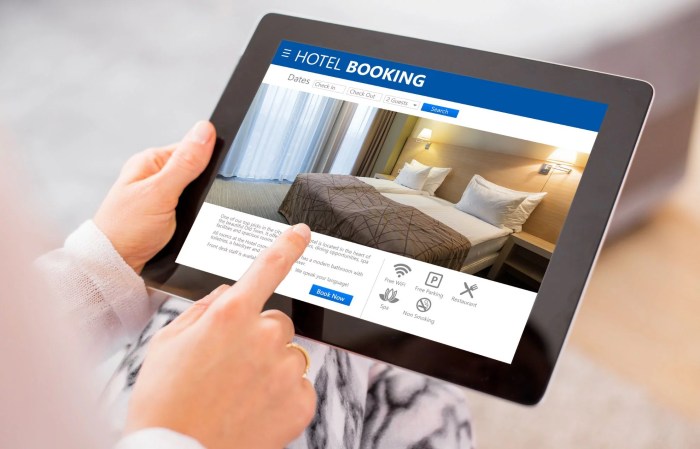
Source: co.uk
Online hotel booking platforms have become ubiquitous, offering travelers a vast array of options for finding and reserving accommodations. Understanding the strengths and weaknesses of different platforms is crucial for making informed decisions and securing the best possible deal. This section delves into the comparative advantages and disadvantages of popular platforms, providing insight into their navigation, pricing strategies, and key features.
Navigating Online Booking Portals
Effective navigation through online booking portals is essential for efficiently finding the desired accommodation. Users should be familiar with the typical layout of these platforms, including search filters, map views, and detailed room descriptions. Mastering these tools allows users to rapidly refine their search, compare options, and ultimately select the perfect hotel. Common navigation features include filtering by location, price range, star rating, amenities, and guest preferences. Interactive maps allow users to visualize the hotel’s location about nearby attractions. Detailed room descriptions often showcase high-quality images and comprehensive information about room features.
Pricing Strategies of Booking Platforms
Different booking platforms employ various pricing strategies, which can influence the final cost of a hotel stay. Some platforms offer direct bookings, potentially providing lower rates compared to booking through a third-party platform. Others offer exclusive deals and discounts tailored to specific segments of travelers. Comparison websites aggregate listings from multiple sources, enabling users to compare prices across various platforms. Promotional offers, such as seasonal discounts or loyalty programs, are often utilized by platforms to incentivize bookings. Understanding these strategies empowers travelers to optimize their search and secure the most competitive rate.
Comparison of Top Hotel Booking Websites
| Booking Platform | Key Features | Strengths | Weaknesses |
|---|---|---|---|
| Booking.com | Extensive hotel listings, user reviews, secure payment options, and diverse filter options | Wide selection, strong reputation for reliability, excellent customer support | Potential for higher commission fees on some bookings |
| Expedia | Global reach, diverse travel options (flights, activities), personalized recommendations, flexible cancellation policies | Comprehensive travel experience, good for those seeking bundled deals | May not always offer the lowest prices for specific hotels |
| Hotels.com | Focus on hotel-specific deals and promotions, loyalty programs, and extensive filtering options. | Often provides exclusive discounts and promotions | Selection may be slightly less extensive than Booking.com or Expedia |
| Agoda | Strong presence in Asia Pacific, wide selection of budget-friendly options, diverse payment options | Competitive rates for hotels in Asia and specific regions | Might not have the same global reach as Booking.com or Expedia |
This table provides a concise overview of some popular hotel booking platforms, highlighting their key features, advantages, and disadvantages. Comparing these platforms allows travelers to choose the platform best suited to their needs and preferences. Factors such as desired location, budget, and travel dates should all be considered when selecting a booking platform.
Concluding Remarks: Hotel Room Booking
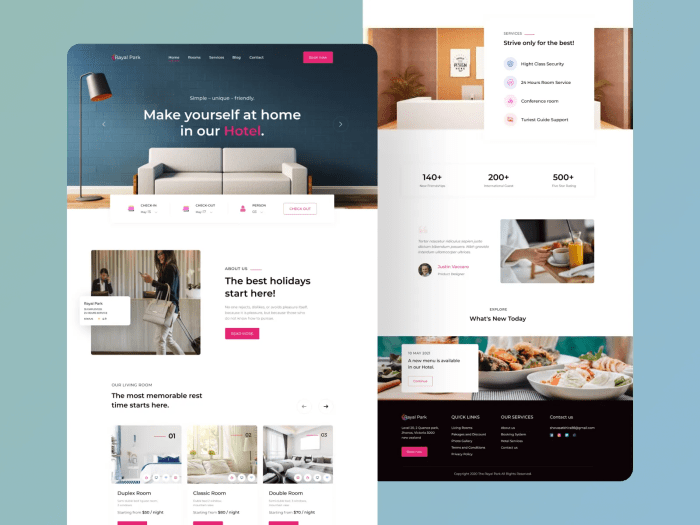
Source: dribbble.com
In conclusion, booking a hotel room involves navigating a multifaceted process, from understanding the booking steps to evaluating room features and comparing platforms. By considering factors like location, price, and reviews, you can make an informed decision. This guide provides a structured approach, equipping you with the knowledge to find the perfect room for your needs and budget. Remember to research thoroughly and compare options before making your final selection.




